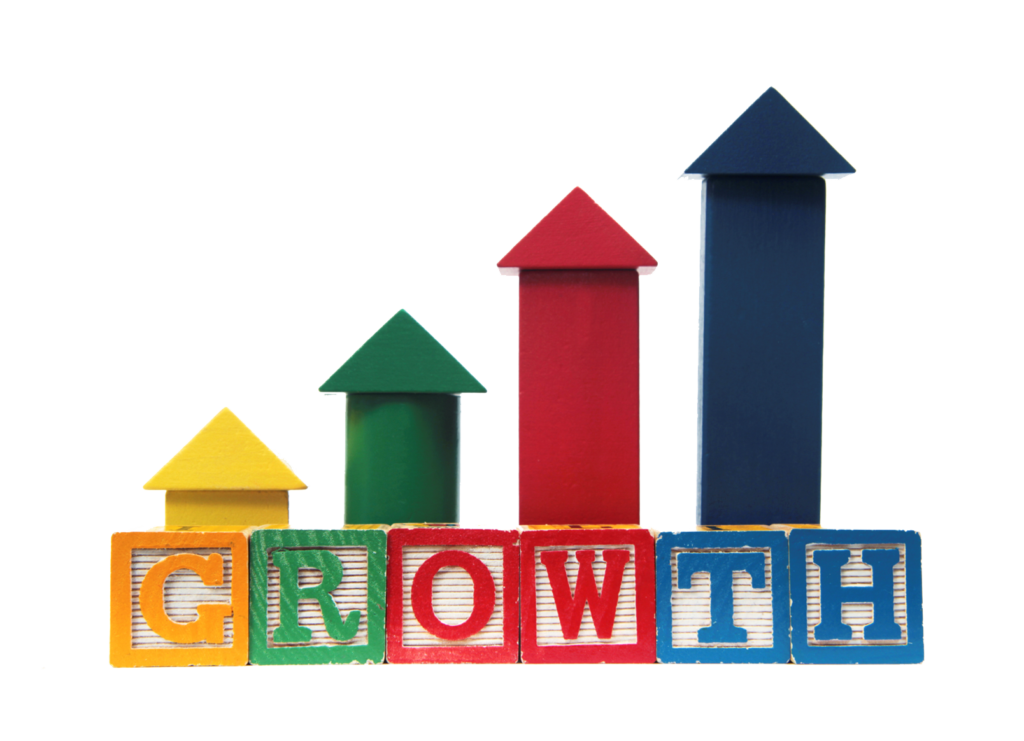In my latest YouTube video I talk about the importance of having a great product/offer.
I also talk about why marketing is important but not the secret to building a successful online business.
In my latest YouTube video I talk about the importance of having a great product/offer.
I also talk about why marketing is important but not the secret to building a successful online business.

Growth hacking is the process of rapidly growing a startup through unconventional and quick experimentation.
It is a data-driven approach that relies on metrics and analytics to identify and optimize growth channels.
Growth hacking is essential for software startups because they often have limited resources and need to quickly acquire customers and scale their business.
By using growth hacking techniques, startups can maximize their marketing budget and achieve rapid growth.
This blog post will teach you step-by-step how to growth hack a software startup!
I’ll talk about the key principles of growth hacking, the different growth hacking techniques that you can use, how to create a growth hacking framework for your startup and I’ll share with you some books related to the topic of growth hacking.
The Key Principles of Growth Hacking
There are five key principles of growth hacking:
1. Focus on growth and the bottom line: The primary goal of growth hacking is to grow your startup as quickly as possible. This means that you need to be constantly experimenting and iterating to find new ways to acquire customers and scale your business.
2. Be data-driven: Growth hacking is a data-driven approach. This means that you need to track and analyze your metrics to identify what is working and what is not.
3. Use unconventional tactics: Growth hacking often involves using unconventional tactics that are not typically used by traditional marketing teams.
This could include digital marketing strategies like viral marketing, content marketing, or social media marketing.
4. Experiment and iterate: Growth hacking is all about experimentation. You need to be constantly trying new things and iterating on what works.
5. Be agile: Growth hacking requires a high degree of agility. You need to be able to quickly adapt to changing circumstances and pivot your marketing strategy if necessary.
Lets get to the fun part now.
Growth hacking tactics and strategies you can use in your business!
Growth Hacking Techniques
There are many different growth hacking techniques that you can use to grow your software startup.
Here are a few of the most popular:
1 – Viral marketing: Viral marketing is a technique that involves creating content that is so compelling that it spreads rapidly through social media and other online channels.
2 – Content marketing: Content marketing is a marketing strategy that involves creating and distributing valuable, relevant, and consistent content to attract and retain customers.
3 – Social media marketing: Social media marketing is a technique that involves using social media platforms (Instagram,YouTube,Facebook,TikTok) to reach and engage your target audience.
4 – Email marketing: Email marketing is a technique that involves sending daily emails to your subscribers, customers & potential customers.
5 – Search engine optimization (SEO): SEO is a free marketing strategy (only costs time and energy) that involves optimizing your website or blog so that it appears higher in search engine results pages (SERPs).
6 – Pay-per-click (PPC) advertising: PPC advertising is a technique that involves paying for ads that appear at the top of the SERPs or on social media platforms.
7 – Public relations (PR): PR is a technique that involves getting your startup mentioned in the media.
To be successful at growth hacking, you need to create a growth hacking framework.
This framework will help you to focus your efforts and track your progress.
Here are the steps involved in creating a growth hacking framework:
1. Define your goals: What do you want to achieve with your growth hacking efforts? Do you want to increase your customer acquisition rate? Improve customer retention rate?
2. Identify your target audience: Who are you trying to reach with your growth hacking efforts? What are their needs, wants and desires? What problems do they need solved?
3. Choose your growth hacking techniques: Which growth hacking techniques are you going to use to reach your target audience and achieve your business goals?
4. Create a growth hacking team: You need to hire a team of people who are passionate about growth hacking and who have the skills to be successful.
5. Track your progress: You need to track your progress so that you can see what is working and what is not. This will help you to optimize your growth hacking efforts.
Here are some notable software startups that have successfully leveraged growth hacking techniques to achieve rapid and sustainable growth:
These are just a few examples of software startups that have successfully employed growth hacking strategies.
By being creative, data-driven, and focused on user experience, startups can achieve rapid growth and establish themselves as leaders in their respective industries.
Conclusion
By using growth hacking techniques you can quickly acquire customers and scale your business!
To be successful at growth hacking, you need to focus on growth, be data-driven, use unconventional tactics, experiment and iterate, and be agile.
You also need to create a growth hacking framework that will help you to focus your efforts and track your progress.
Hope you found my blog post useful. Check out the recommended reading section below and don’t forget to leave a comment!
Recommended Reading:
-The Lean Startup by Eric Ries
-Hooked: How to Build Habit-Forming Products by Nir Eyal
-Growth Hacker Marketing by Ryan Holiday
-The Growth Hacking Handbook by Sean Ellis
-Growth Hacking for Startups by Alexander Jarvis